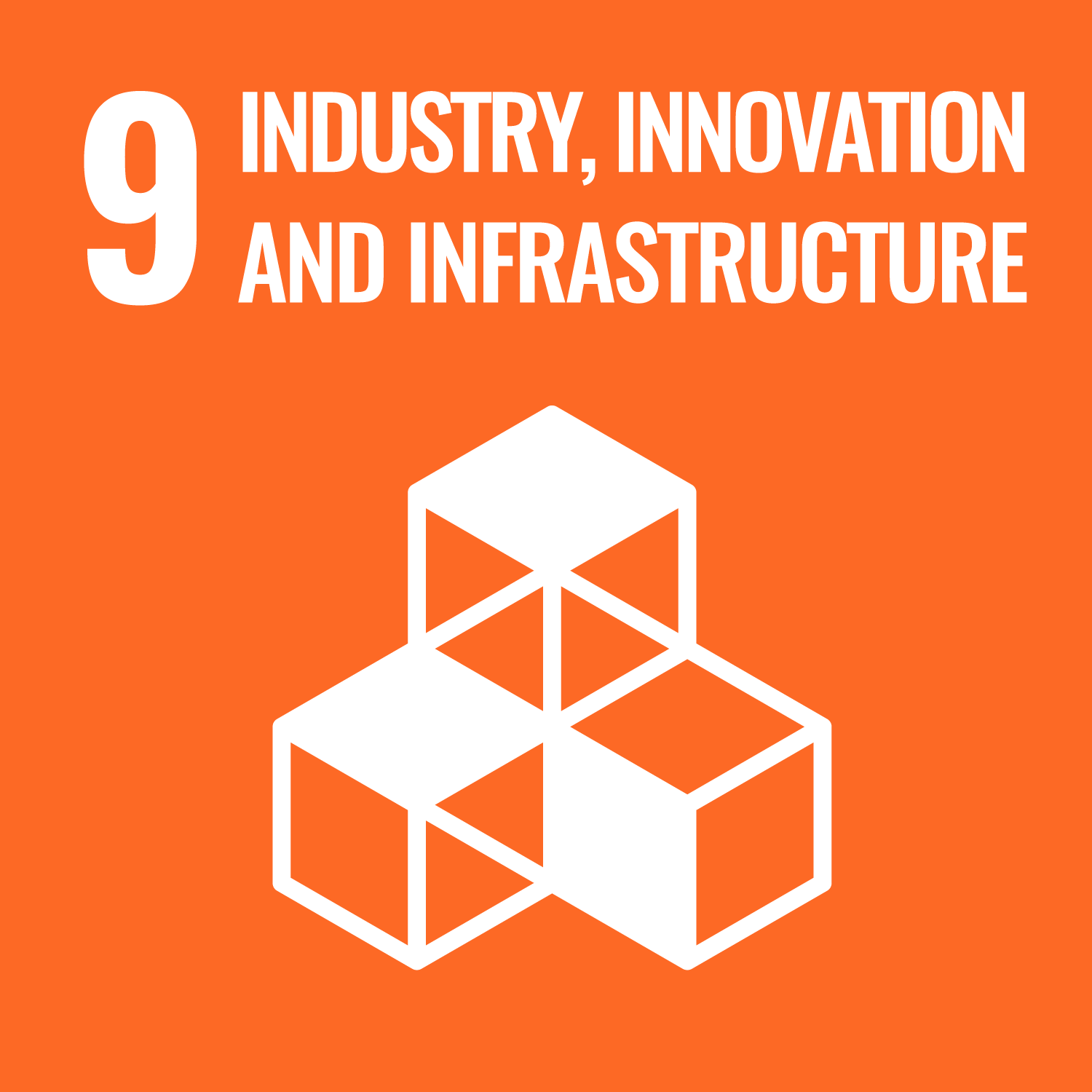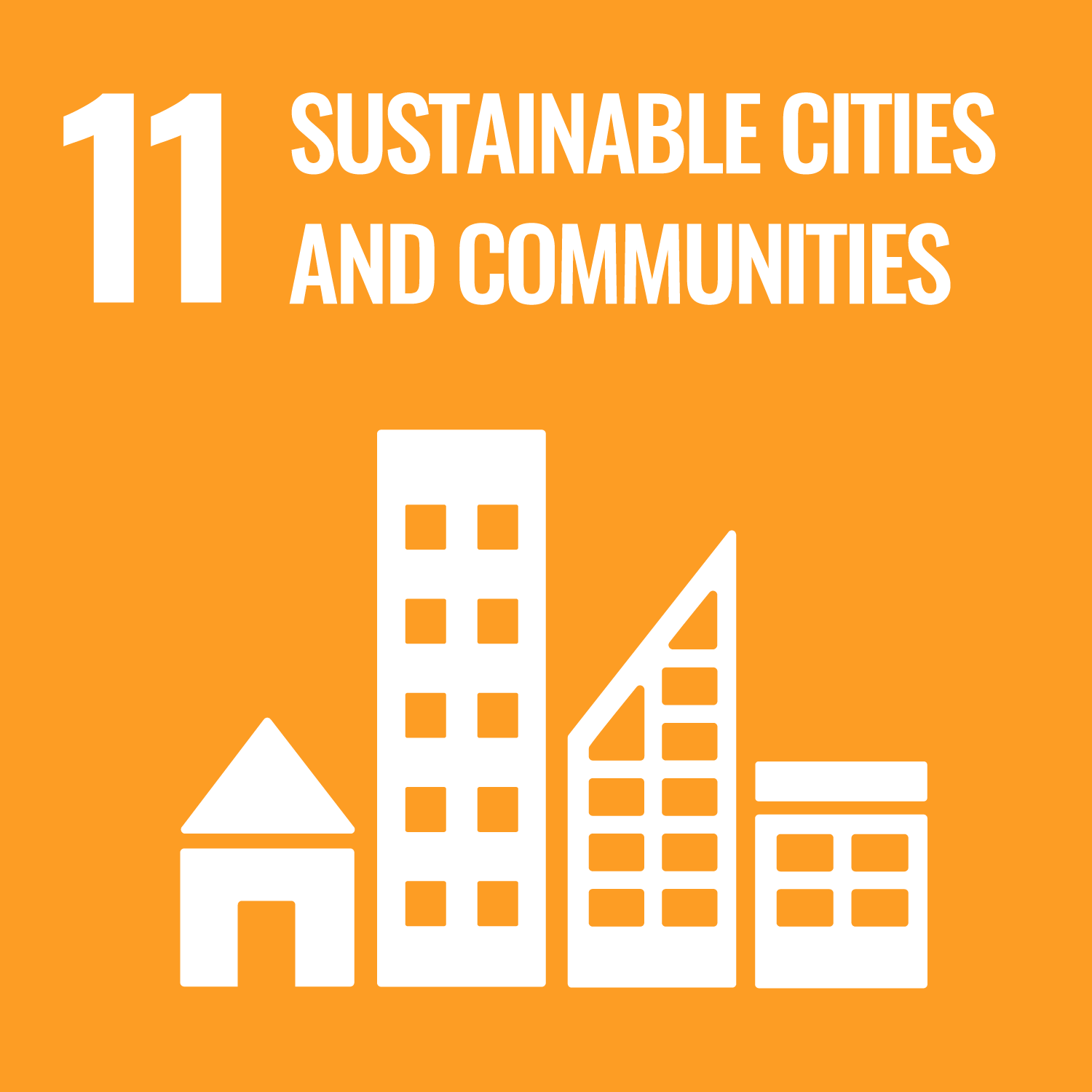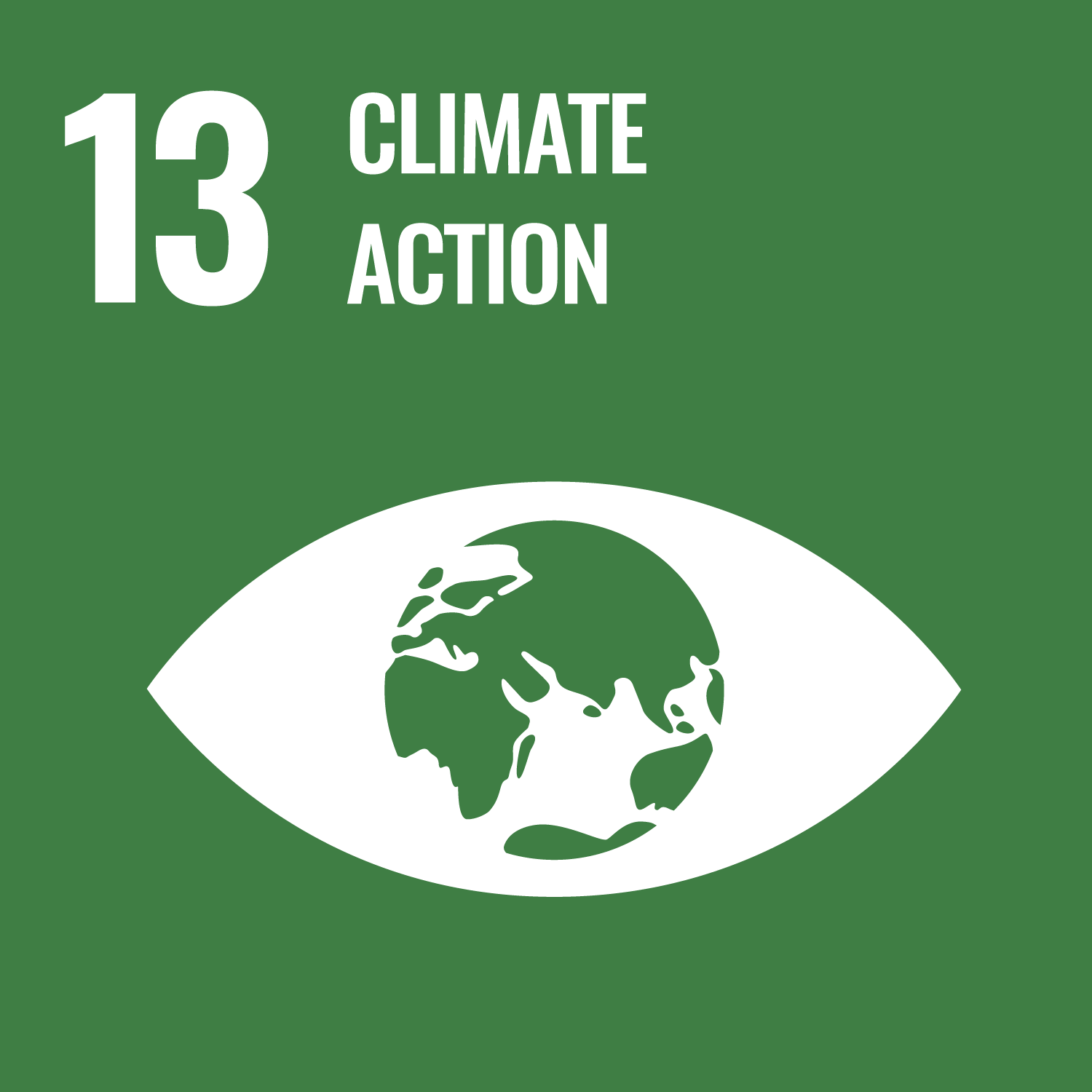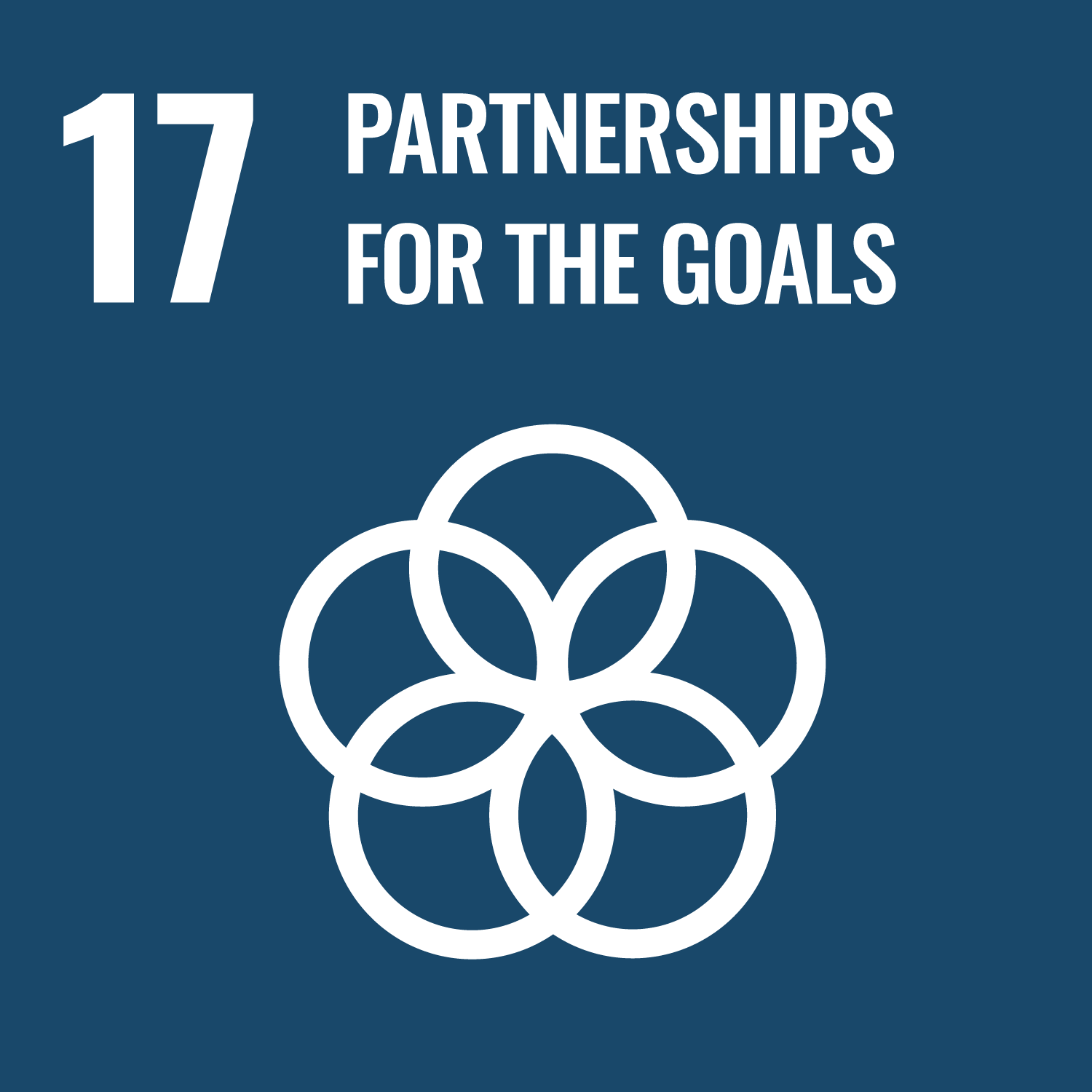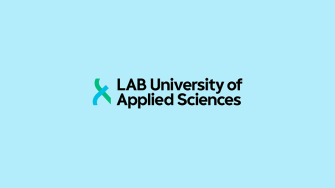PH SivuvirtaSalkku
Päijät-Häme is building a future based on bioeconomy and energy efficiency. The region’s fragmented biostreams—such as nutrients and gases—offer new business opportunities when approached holistically and utilized through collaboration between various stakeholders.
The project promotes industrial symbiosis, where companies and actors co-locate and pool resources to enable cost-effective and environmentally sustainable solutions. Special attention is given to the utilization and seasonal storage of carbon dioxide and waste heat.
The objective is to identify potential sites across Päijät-Häme, build on previous studies, and initiate concrete actions. The outcome will be a circular economy operating model and new reference sites that support regional business development, attract investors, and strengthen the region’s overall appeal.
The project promotes industrial symbiosis, where companies and actors co-locate and pool resources to enable cost-effective and environmentally sustainable solutions. Special attention is given to the utilization and seasonal storage of carbon dioxide and waste heat.
The objective is to identify potential sites across Päijät-Häme, build on previous studies, and initiate concrete actions. The outcome will be a circular economy operating model and new reference sites that support regional business development, attract investors, and strengthen the region’s overall appeal.
Project period
-
Project state
On-going
Project area
National
Project funding
EAKR 2021-2027

LAB role
Lead partner
Unit
Technology
Project focus area
Multipurpose materials
